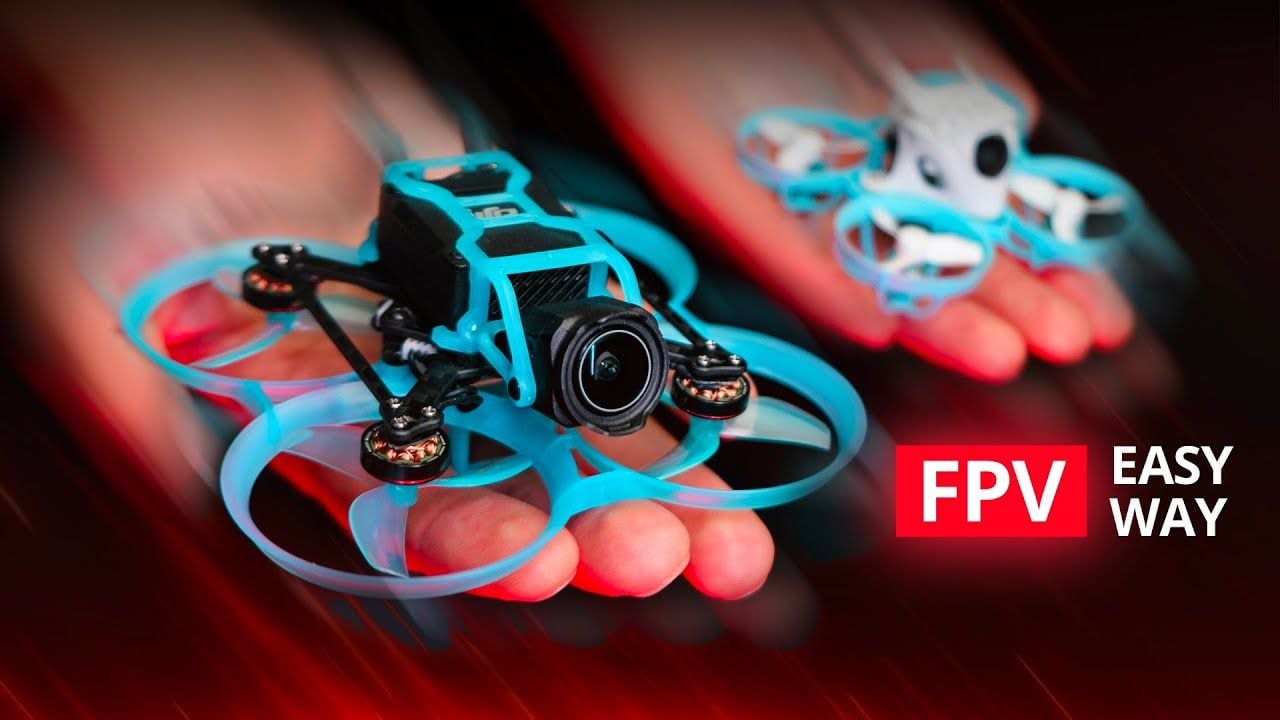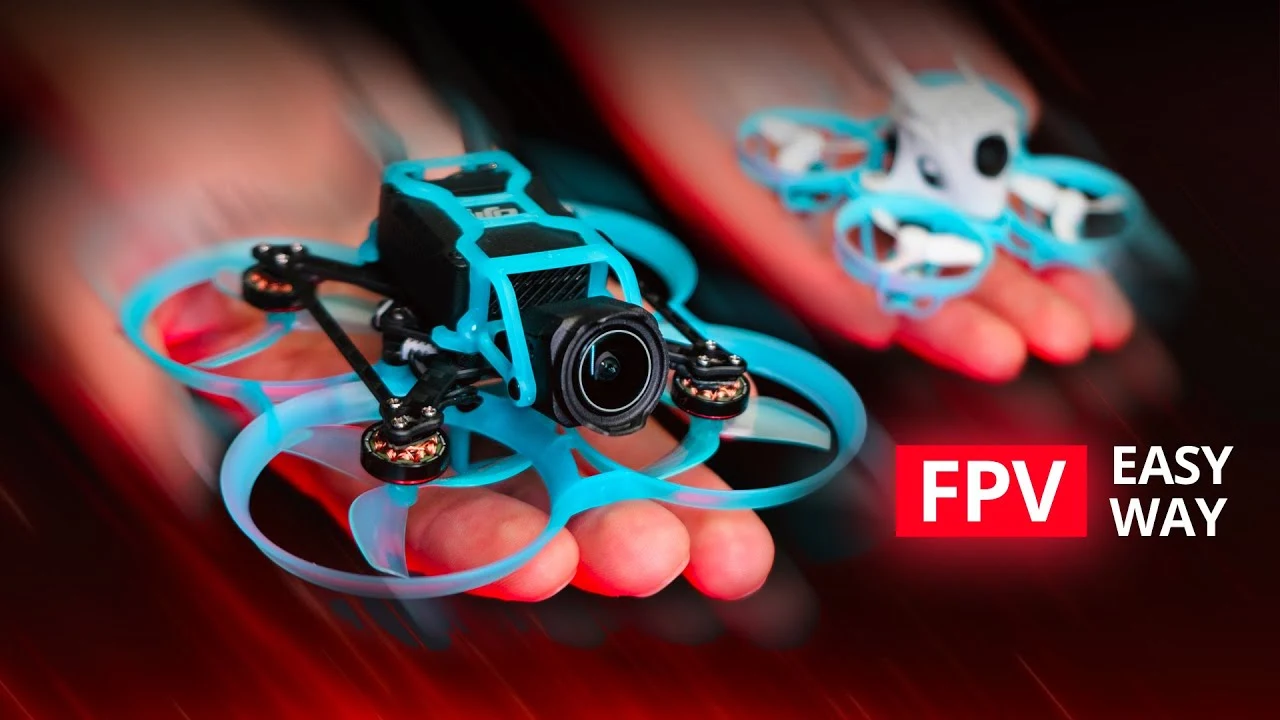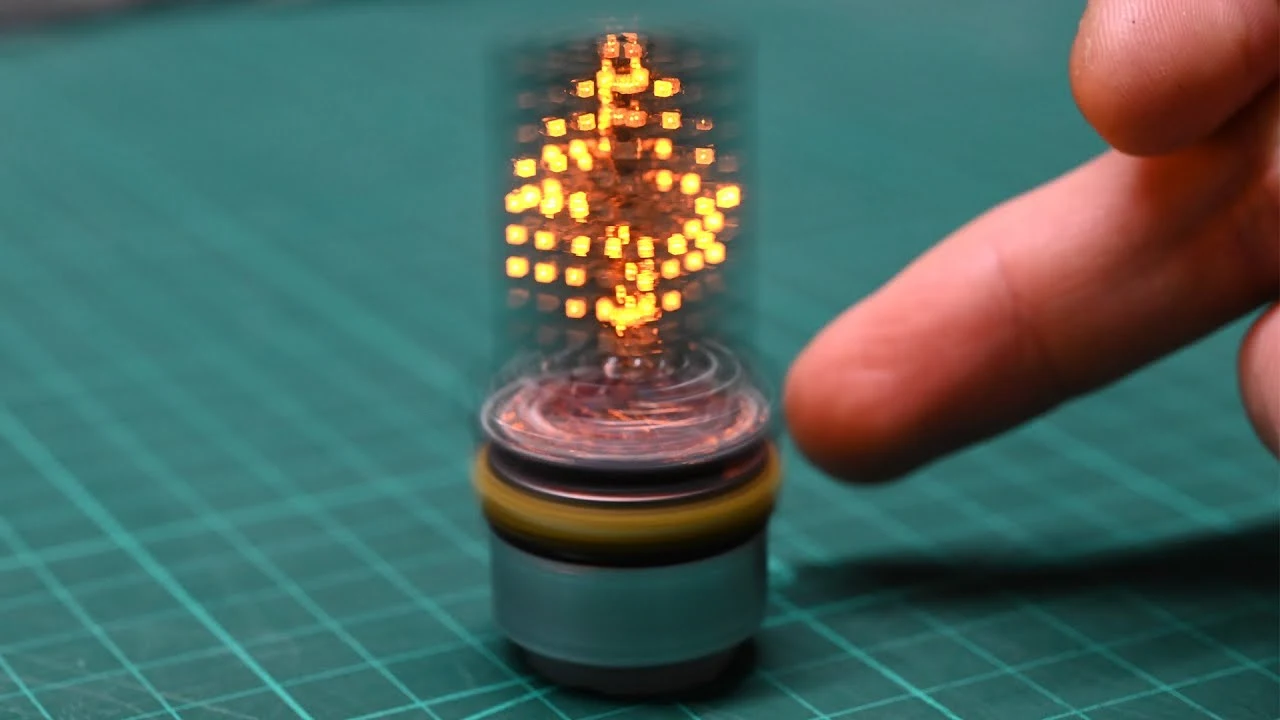
AI models the foundation of the current boom in artificial intelligence are under constant development. Within this dynamic realm, smaller AI models or compact Large Language Models (LLMs) have emerged as a notable trend. These models, which include Deep Seek Coder, TinyLlama, and Microsoft’s Phi-2, are designed to be both efficient and adaptable, making them suitable for a wide range of applications. They are particularly appealing for their ability to run on standard consumer hardware, which opens up possibilities for users who need advanced language processing capabilities without the high costs associated with larger, more complex models.
Deep Seek Coder, with its 1.3 billion parameters, and Microsoft’s F2, which boasts 2.7 billion parameters, are at the forefront of this movement. They represent a sweet spot in the AI world, where they are small enough to be manageable but still powerful enough to handle demanding tasks. This balance is crucial for those who want to leverage AI technology without investing in expensive infrastructure.
One of the key advantages of these compact LLMs is their ability to be customized for specific tasks. Techniques such as low-rank adaptation, or Lora, are instrumental in this process. They enable users to fine-tune the models to their unique requirements while keeping the number of trainable parameters relatively low. This means that you can achieve high performance without the need for the extensive computational resources that larger models demand.
Best compact large language models (LLMs) currently available
Here are some other articles you may find of interest on the subject of large language model (LLM) technologies :
When it comes to specific tasks like function calling, compact LLMs can be quite proficient. However, they are not without their challenges. For instance, the custom model Tris Tiny, which also has 1.3 billion parameters, demonstrates that while these models can handle function calling, they may struggle with more complex operations such as chain function calling. Moreover, these models have a tendency to generate verbose responses, which may not be ideal in every situation.
Another factor that can impact the performance of compact LLMs is quantization, particularly in tasks involving function calling. When Open Chat models are subjected to different levels of quantization, they exhibit varying degrees of efficiency and accuracy. Finding the right balance is essential to ensure that the model remains both responsive and precise.
Despite these hurdles, compact LLMs are still a viable choice for many applications. To make the most of these models, it is crucial to employ effective fine-tuning and inference techniques. This includes adjusting the number of trainable parameters and using helper text to guide the model’s responses, which helps to ensure that the outputs are relevant and concise.
Selecting the right compact LLM for your project is a critical decision. Whether you opt for Deep Seek Coder, Tiny Llama, or Microsoft’s F2, understanding their capabilities and how to fine-tune them is essential. With a thoughtful approach, these compact LLMs can provide efficient and potent language processing tools, becoming invaluable components in your AI arsenal.
Microsoft’s Phi-2
Phi-2 is a Transformer with 2.7 billion parameters. It was trained using the same data sources as Phi-1.5, augmented with a new data source that consists of various NLP synthetic texts and filtered websites (for safety and educational value). When assessed against benchmarks testing common sense, language understanding, and logical reasoning, Phi-2 showcased a nearly state-of-the-art performance among models with less than 13 billion parameters.
Trelis Tiny
Trelis Tiny, a model with 1.3 billion parameters, stands out for its ability to perform function calling, a feature crucial for dynamic and interactive tasks. It boasts a rapid token generation speed, a vital aspect for efficiency, regardless of whether it’s operated locally or hosted remotely.
Interested users can acquire access to this model, which also guarantees them updates on future enhancements made to the Tiny model in the same repository. Notably, the function metadata format aligns with that used by OpenAI, ensuring compatibility and ease of integration. The model is deemed fit for commercial applications, broadening its usability across various business contexts.
DeepSeek Coder 1.3B
Deepseek Coder is composed of a series of code language models, each trained from scratch on 2T tokens, with a composition of 87% code and 13% natural language in both English and Chinese. Various sizes of the code model, ranging from 1B to 33B versions have been made available.
Each model is pre-trained on project-level code corpus by employing a window size of 16K and a extra fill-in-the-blank task, to support project-level code completion and infilling. For coding capabilities, Deepseek Coder achieves state-of-the-art performance among open-source code models on multiple programming languages and various benchmarks.
TinyLlama-1.1B
The TinyLlama project aimed to pretrain a 1.1B Llama model on 3 trillion tokens. With some proper optimization, the team achieved this within a span of “just” 90 days using 16 A100-40G GPUs. The training has started on 2023-09-01.
The potential of compact LLMs is vast, and as the technology continues to evolve, we can expect to see even more sophisticated and accessible models. These advancements will likely lead to a broader adoption of AI across various industries, enabling more people to harness the power of machine learning for their projects. As we navigate this exciting field, staying informed about the latest developments and understanding how to effectively implement these models will be key to success.
Filed Under: Guides, Top News
Latest timeswonderful Deals
Disclosure: Some of our articles include affiliate links. If you buy something through one of these links, timeswonderful may earn an affiliate commission. Learn about our Disclosure Policy.





